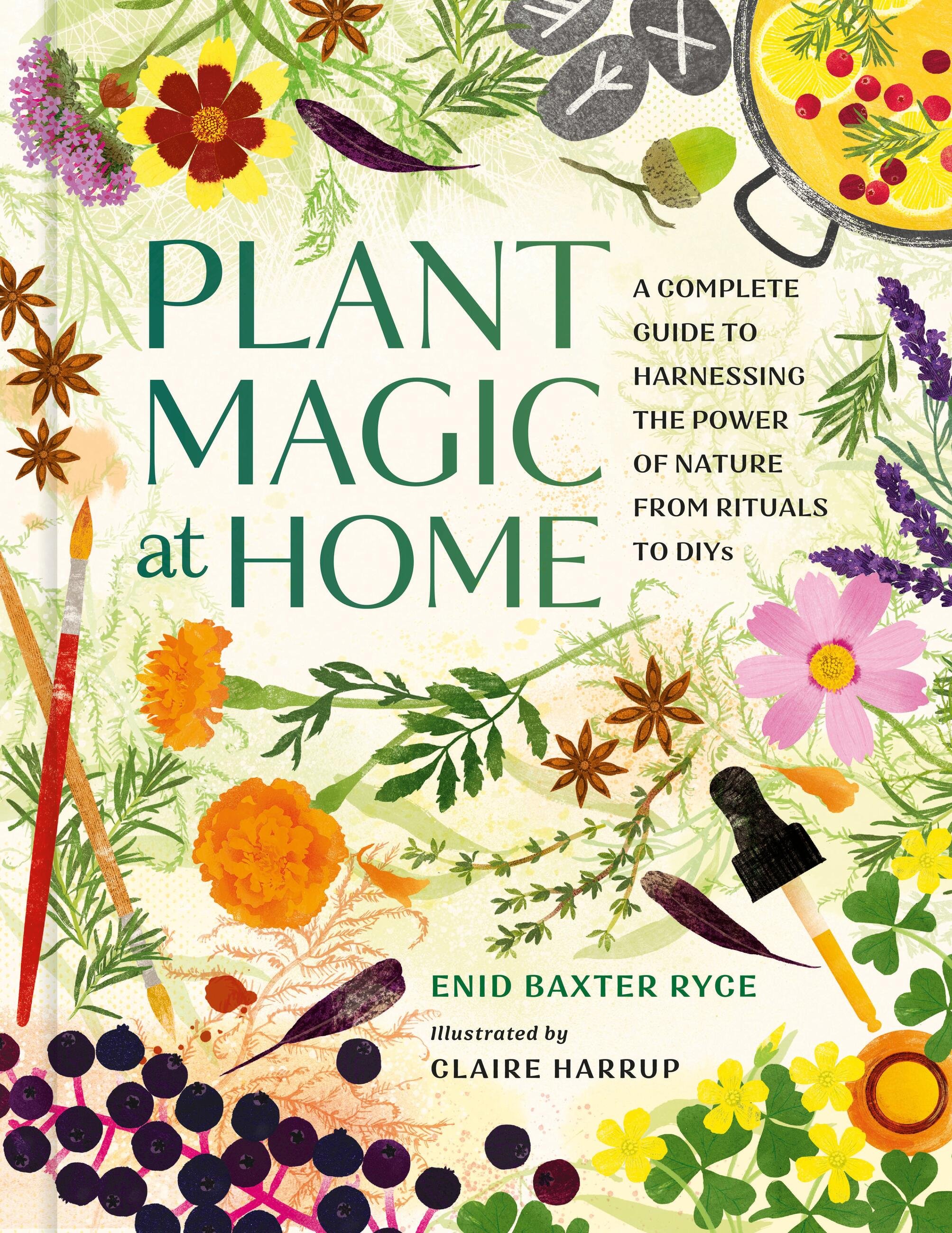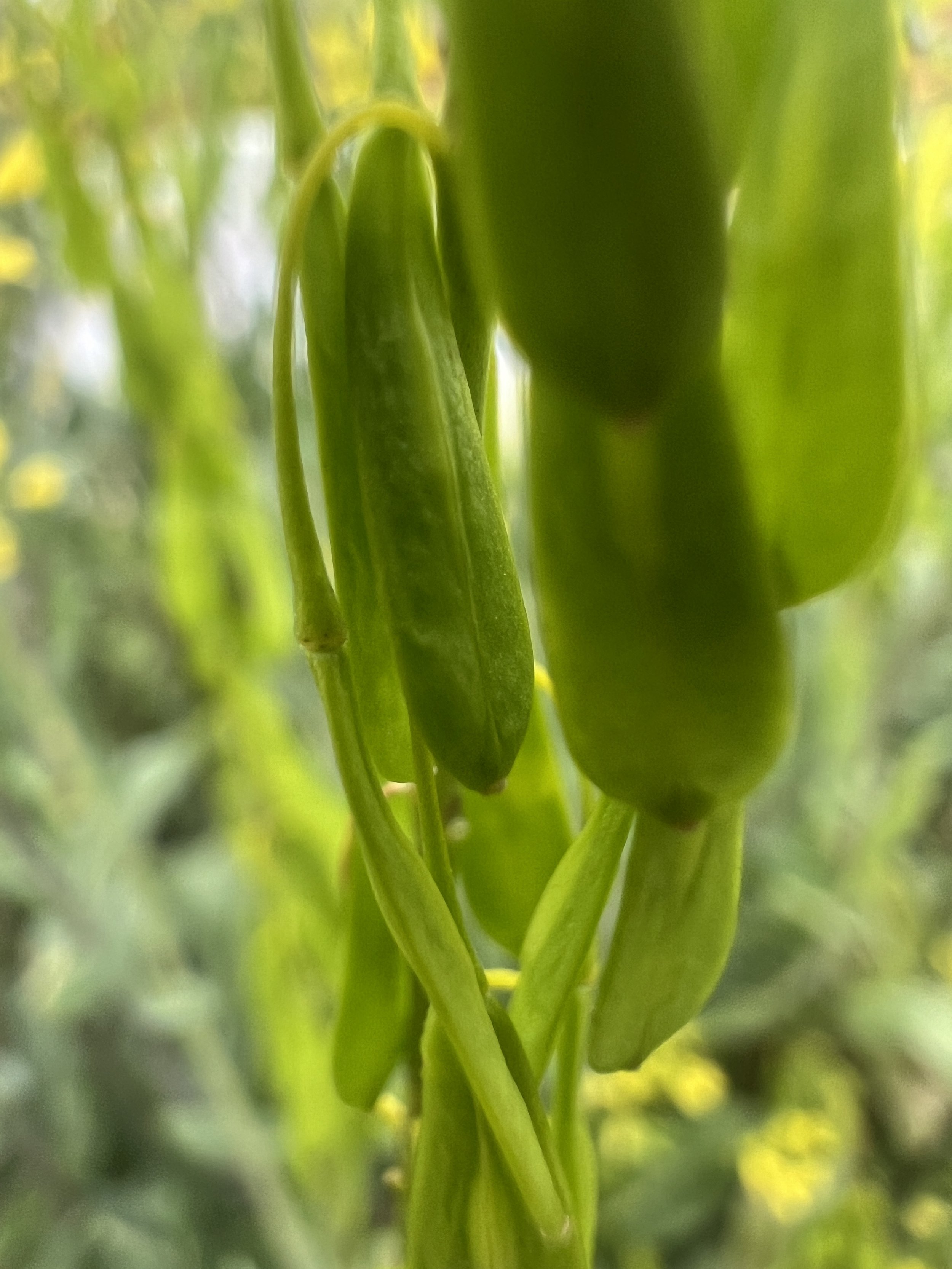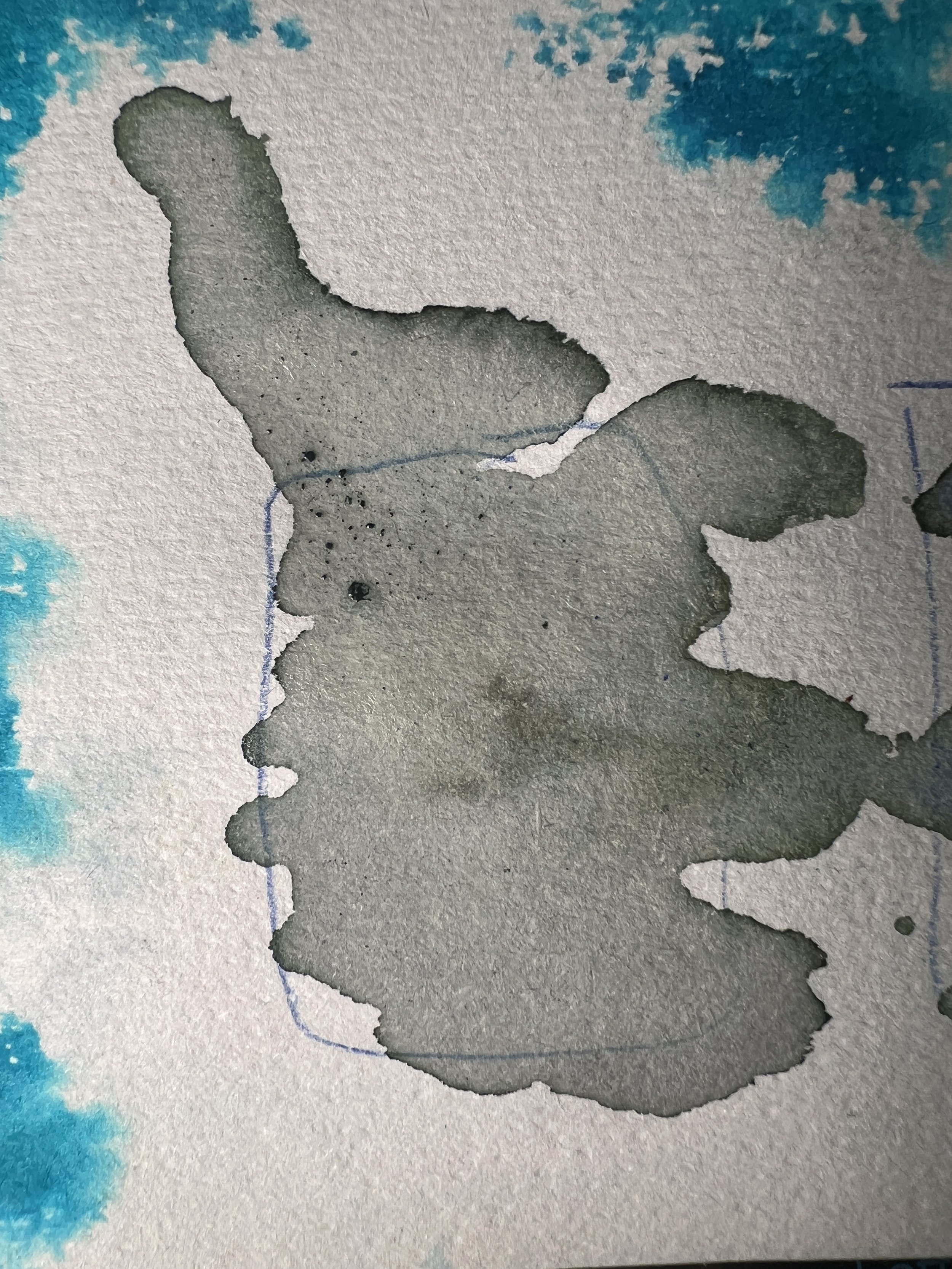Make Paint From Flowers, Part 2: The Woad Seed Mystery
Thank you for reading!
Want to learn more? Please pre-order my new book:
A note in an old recipe helped me crack the mystery of how to use Woad seeds to make beautiful blue pigments for dye, paint, and ink.
Quick info version:
Recipe:
3 cups Ripening Woad seeds
Distilled Water
A preservative (whole cloves, wintergreen oil, or thyme oil)
Non-reactive Pot, Spoon, and strainer.
Place seeds in a pot and cover with water. Bring to a boil and cut the heat. Sprinkle in your preservative. Leave to soak overnight. Strain.
Please see my book Plant Magic at Home for specific recipes for watercolor, ink, dye, egg tempera, or guache.
Longer story:
Woad is the plant from which the ancient Celtic peoples made blue dye, which they painted on their bodies before riding naked into battle. Ancient Romans wrote of the terror and shock they experienced upon seeing those warriors. Along with being shocking, the application was likely meant to help with wounds.
The historic process of creating blue dye from Woad leaves is complex. Many natural dye fans have attempted to use an old recipe that suggests simmering Woad seeds will create a colorfast blue dye.
Over the four years I have tried to replicate it, I’ve never gotten anything but beige and pink. Others who have tried have had the same result.
So, I been using borrowed seeds, so I added Woad to my pigment garden to experiment further.
I grew the Woad leaves for two years,
which is how long it took them to go to seed.
Before they went to seed, I tried printing with some of the flowers.
On cotton,
they printed beautifully using the Hapa Zome method. (You can read about this method in my book, Plant Magic at Home).
At last, I had fresh seeds. They were bright green, unlike the dried seeds I’d borrowed., so I was hopeful…
But, no luck! No color at all.
I tried mature seeds again, using them right after they were shaken from the plant.
I only got beige and a bit of pink.
I went back to the original text. Instead of reading a translation, I looked at the manuscript’s original text. I noticed that after the writer mentioned the seeds could be used to create blue pigment., has a short note to “collect the fruit.”
As the bright green seeds mature, they darken. For just two days, they feel cool and springy, almost like squeezing a plumb. They are like tiny, thin olives.
I wondered if this was what the writer meant by “fruit.”
After a seed stake-out, I harvested these “fruit” and brought them to a simmer in distilled water. The best results came when I cut the heat right after the boiling point and left the seeds to soak overnight. I added wintergreen oil to prevent molding.
After straining the liquid, I got a beautiful, colorfast blue watercolor to paint with! I hope you enjoy this simple, fun process and share your paintings with me. :)
About Woad, from my book, Plant Magic at Home:
Woad (Seeds)
Scientific Name: Isatis tinctoria
Other Name: Glastum
Colors: Blue, Gray, tan, cool light pink, and eggshell.
Color Extraction: Simmer the seeds for an hour or so. Cool before straining.
Plant: Full sun
Meaning: Protection, courage
Healing Properties: Used to stem bleeding and protect against infection
Magic: Protection, courage. People used the stem and root to create magic wands.
Other Traditional Uses: Ancient Egyptians used woad to dye cloth wrappings for mummies. Ancient Celtic warriors used it for staining or tattooing themselves blue.
Thank you for reading!
Want to learn more? Please pre-order my new book:















